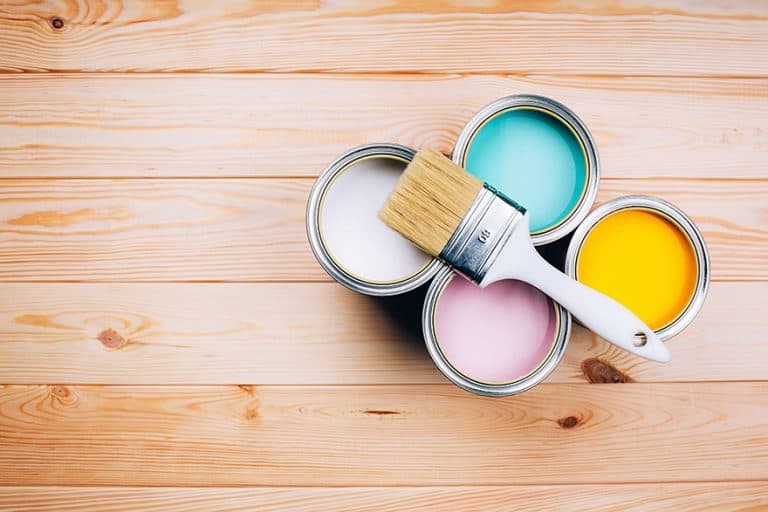Oil vs Acrylic Paint – The Difference between Acrylic and Oil Paint
This post may contain affiliate links. We may earn a small commission from purchases made through them, at no additional cost to you.
What medium should I use, oil or acrylic paints? This is one of the first questions that you will need to answer when deciding to start painting. While the answer to this does not need to be set in stone, it will play a pivotal role during the early stages of your painting journey. You can, of course, experiment with both. We recommend rather staring with one, mastering it, and then moving on to the next medium. So, to help you determine which medium best suits your painting needs, we will share everything you need to know to make an informed decision.
Table of Contents
What is Acrylic Paint?
When it comes to determining the difference between acrylic and oil paint, you first need to know what each paint is. To start with, we will be answering “What is acrylic paint?”. Acrylic paints are synthetic and have been created to blend and mix in the same way that oil paints do.
Acrylic paint dries incredibly fast, so only decant or pour out enough paint to use on a given section to reduce the risk of the paint drying on your palette and ultimately going to waste. This also means that you need to be 100 percent sure about what you are painting because once it has dried, there is no turning back. It is rather unforgiving in this way, leaving very little room for error. A pro tip for slowing down the drying process is to spray the paint with water – very lightly. You may be asking “Is acrylic paint water-based?” because we are using water t slow down the drying process, and the answer is a simple yes.
Another tip that will assist you in reducing paint wastage is to only select a few colors to use per session. As a result, you will not pour out paint unnecessarily and watch it go to waste. Careful planning will help you ensure that you have the correct colors on your palette for each session.
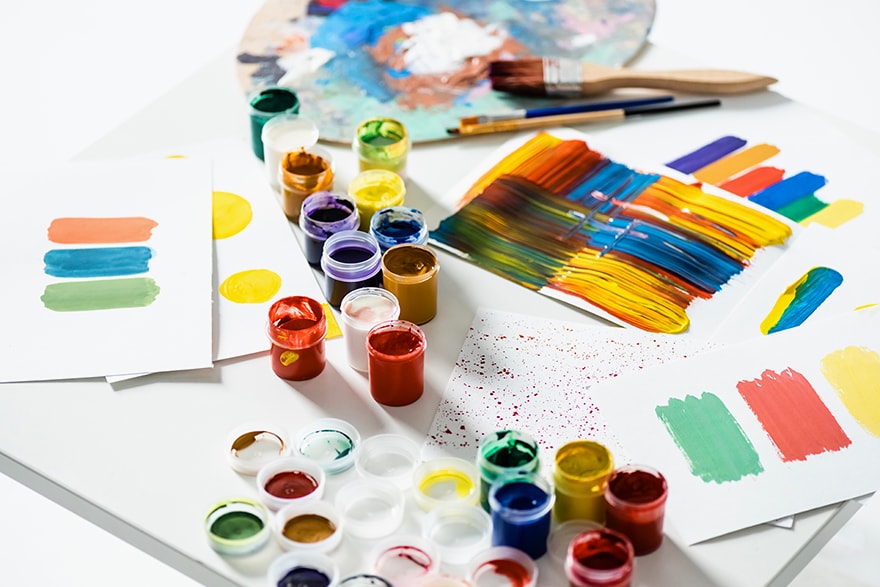
What Is Acrylic Paint Used For?
This quick-drying paint is not suitable for projects that will require adjustments or amendments, for example, portraits. It is, however, suitable for painted art that requires multiple layers of paint, as the quick-drying nature of acrylic paints makes this process a lot less time-consuming. We recommend acrylic paints for beginner painters as they are easier to use and require fewer additional materials and equipment to get you started. The best way to answer the question“What is acrylic paint used for” is to consider the basics of the paint, it is water-based and quick drying. So, anything that requires a quick coat of paint will do just fine.
What is Oil Paint?
As the name implies, oil paint consists of oil and pigment – pigment refers to the color of the paint. In most cases, oil paints are toxic and poisonous. We urge you to exercise caution when making use of these paints and recommend storing these paints in a safe place that is out of reach of small animals and children. This also means that you need to work in a well-ventilated space to prevent fumes from building up that also provides enough room to set out your painting materials.
Oil paint can be quite thick, so to thin it out, you can always mix in additional oil to make it more fluid and easier to work with. Another way to thin out oil paint and to help it dry faster is to mix it with a paint thinner. This method of thinning the paint is an art in itself, as you need to find the correct balance when it comes to mixing the two substances. Try to buy an odorless paint thinner as the fumes and smell of the “normal” kind can have some serious health risks when used.

What is Oil Paint Used For?
You may have noticed that most of the world’s most famous paintings were all created using oil paints. This is due to the versatile nature of these paints, as well as the absence of acrylic paints during that time. As a result, many people view oil paint as the more professional of the two, however, recent advancements in the world of paint have almost leveled the playing field when it comes to the acrylic vs oil paint debate.
What Is the Difference Between Acrylic and Oil Paint?
Now that we have an idea of what each paint is, we can begin to dive into helping you in the debate of oil vs acrylic paints. Let us start with the most obvious difference, the time it takes for each paint to dry.

Oil vs Acrylic Paint Drying Time
We have already mentioned that acrylic paints dry incredibly fast, so how does this compare to the drying time of oil paint? On average, an oil painting can up to a year to be properly dry. As a result, you have more flexibility and room for quick amendments or changes should the need arise. Acrylic paints on the other hand require quick action, especially if you need to fix a mistake.
The amount of paint applied will affect the drying time, so to speed up the process, thinner strokes will work best. This is pretty self-explanatory, thicker paint takes longer to dry. Be careful not to make the layers too thick, as this can lead to the paint cracking as it begins to dry. If you need to apply multiple layers of oil paint, start with a thin layer and then slowly build it up.
Acrylic vs Oil Paint Color Results
Something that needs to be considered when painting is the final color of your painting. Oil paints will dry to almost the same color as it was when wet, while acrylic paints tend to darken as they dry. We recommend testing the different acrylic paint colors on a blank piece of canvas to see what the color will look like once it has dried. Some oil paints yellow over time.
When it comes to blending, we recommend oil paint. This means that if you are painting a sunset or landscape, you can easily blend the colors to create the desired, distant effect. The quick drying time of acrylic paints make blending colors a lot more difficult to do. So, if you want to blend colors, oil paints are the better option.
What is Easier to Clean Up, Oil or Acrylic Paint?
Oil paints are a lot messier than acrylic paints. This is mostly due to the difference in drying time. Acrylic paints are easier to manage and clean up as It dries quickly, while oil paints become smudgy, difficult to clean the mess. Oil is also a lot trickier to clean up as opposed to water-based paints like acrylic. To properly clean oil paints, you will need to invest in cleaning chemicals that have been designed to do so. It is also incredibly important to clean your brushes properly, as the oils and solvents can damage and deteriorate your brushes.
When it comes to cleaning up acrylic paint, the water-based nature of the product assists in making it easier to clean up, requiring nothing more than warm, soapy water to cleaning your brushes and working area. If you are looking for easy-to-clean, hassle-free, paints, then we recommend acrylic paints.
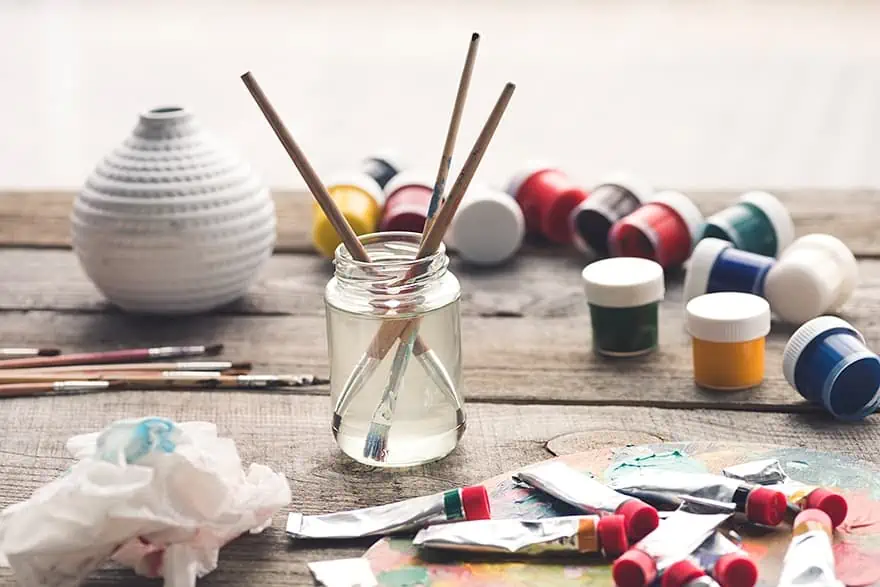
Which Paint is More Cost-Effective?
Acrylic paints are more budget-friendly when it comes down to them. This is because oil paints require additional materials while painting. These materials include cleaning materials, solvents and oils, and palette knives. The paint and paintbrushes used in oil painting are also a bit more expensive than acrylic paint. To reduce recurring costs when painting with oil paints, proper care and maintenance of your painting gear will help extend its working life significantly.
Painting Oil Over Acrylic Paints
When it comes down to it, painting is all about experimenting with different mediums, something that would come to mind would be whether you can paint over acrylic paint surfaces using oil paint. It is safe to paint over acrylic paint using oil paint, however, you cannot paint acrylic over oil-based paint. The reason? While oil can adhere to the dry acrylic surface, oil-based paints make it difficult for the acrylic paint to stick to the oily, somewhat wet surface. Simply put, painting oil over acrylic paints is completely okay, just make sure that the paint has dried properly before doing so.
The Final Verdict: Oil vs Acrylic Paint
At the end of the day, it is all about your preference. We recommend starting your painting career or hobby with an acrylic paint setup. This is due to the cost effectiveness of the setup and easy clean-up nature of acrylic paints. However, if you are looking for a more customizable paint that does not dry as quickly, oil-based pants get the job done. The biggest difference between the two paints is their application, so pick the option that you are more comfortable with.
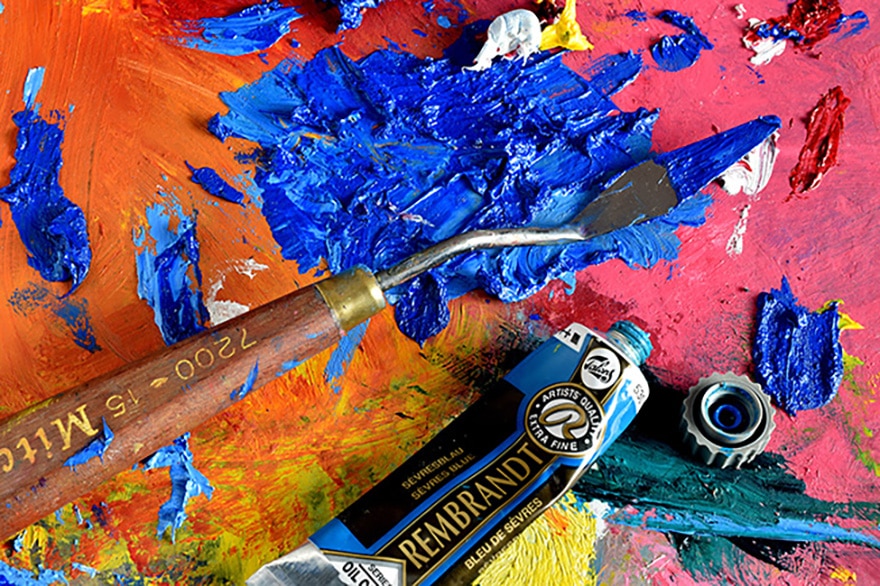
Frequently Asked Questions
What Do Need to Start Oil Painting?
To start painting with oil paints, the first thing on your list should be high-quality oil pants as well as paintbrushes as well as a painting medium. You need something to paint on as well as a place to work on your masterpiece. The correct cleaning materials are also essential to clean up your space after a hard day’s work.
What Colors Do I Need in My Kit?
To preserve your budget while giving you a feel for painting, we recommend getting the three primary colors as well as white. This also means that you can mix the colors if you need a specific color, or you can simply just work with the colors that you currently have. The choice is yours.
What Surface Should I Paint Oil On?
When joining the world of painting, there are three materials that you can use. This includes stretched canvas, cotton canvas, and wooden panels. Stretched canvas is the easiest and most cost-effective to use, with cotton canvas being more expensive and wooden panels requiring prep work before painting.
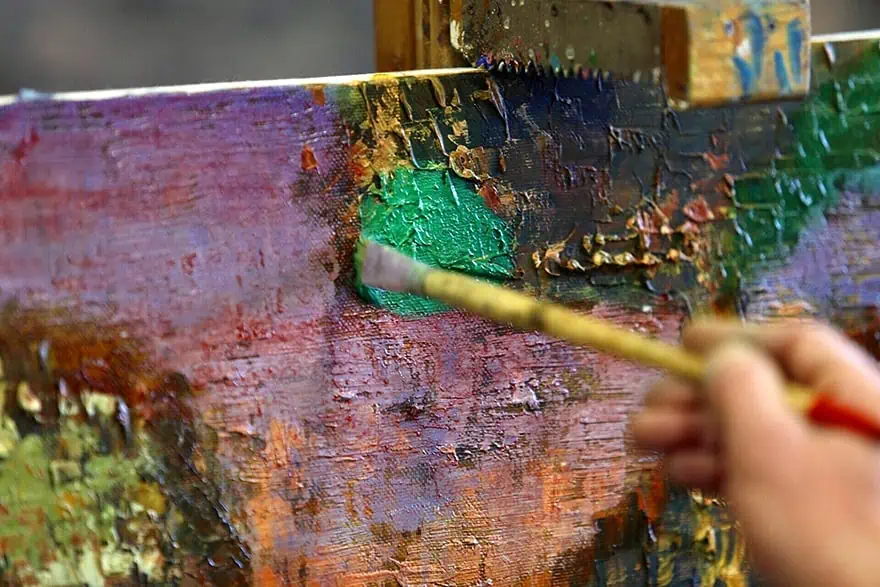
Is It Necessary to Wash My Brushes After Painting with Oil-Based Paint?
This depends on your painting schedule. If you are planning to paint the next day, simply wipe off excess paint, dip the brushes in oil and leave them to rest. The oil will prevent the brushes from drying out and keep the brushes soft and moist until your next session. A quick wipe and you will be good to go as soon as you are ready.
Is Acrylic Paint Water Based or Oil Based?
Acrylic paint is water-based, which makes it easy to use and clean up. This also provides a quicker drying time as a result, whereas oil paints take longer to dry and are more difficult to clean up. When it comes to simplifying the process, we recommend water-based paints.
In 2005, Charlene completed her wellness degrees in therapeutic aromatherapy and reflexology at the International School of Reflexology and Meridian Therapy. She worked for a company offering corporate wellness programs for several years before opening her own therapy practice. In 2015, she was asked by a digital marketer friend to join her company as a content creator, and it was here that she discovered her enthusiasm for writing. Since entering the world of content creation, she has gained a lot of experience over the years writing about various topics such as beauty, health, wellness, travel, crafting, and much more. Due to various circumstances, she had to give up her therapy practice and now works as a freelance writer. Since she is a very creative person and as a balance to writing likes to be active in various areas of art and crafts, the activity at acrylgiessen.com is perfect for her to contribute their knowledge and experience in various creative topics.
Learn more about Charlene Lewis and about us.



